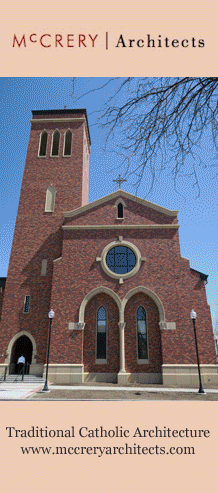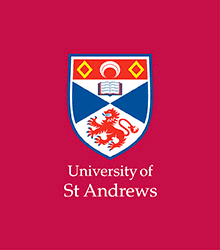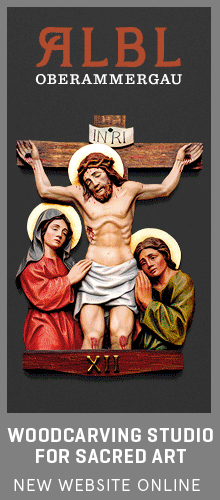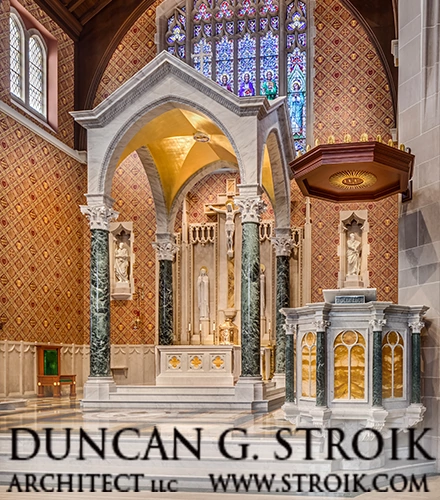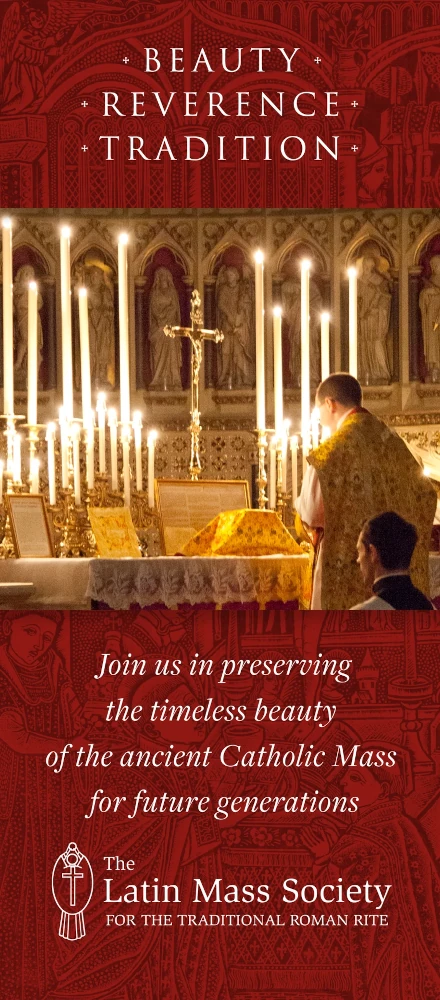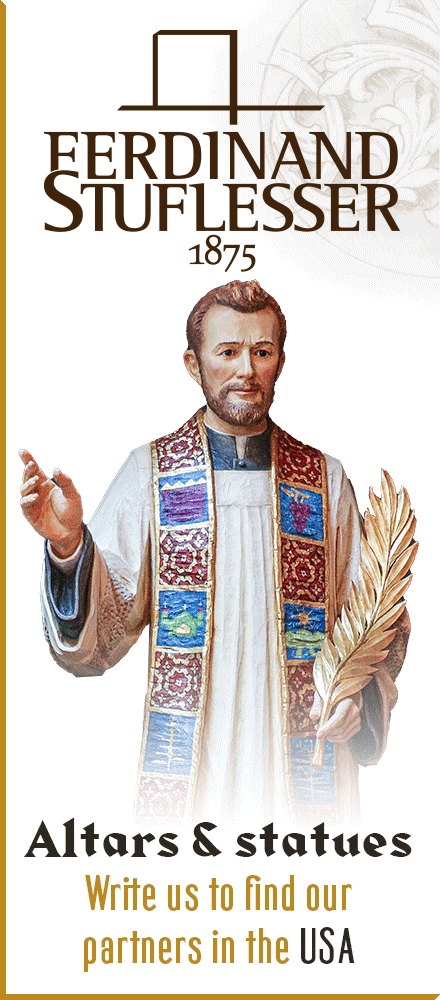 On this the day after the traditional feast of St. Peter Martyr, O.P. (new calendar: June 4), I have the pleasure to announce two important new studies on Dominican saints and the history of devotion to them. Both are by my former doctoral student at the University of Virginia, Prof. Donald S. Prudlo, now assistant professor of ancient and medieval history at Jacksonville State University in Alabama. This first is his book, The Martyred Inquisitor: The Life and Cult of Peter of Verona (+1252), newly out from Ashgate Publishers in their series "Church, Faith and Culture in the Medieval West." It is now the standard work on St. Peter Martyr himself. This study not replaces and corrects the series of articles by Fr. Dondaine, O.P., published in 1953 and till now the only scholarly study of the saint, it also traces Peter's cult in liturgy, art, music, and sermons until the end of the middle ages, something never traced before. An example of one of the altarpiece painting dedicated to him can be seen to the above right.
On this the day after the traditional feast of St. Peter Martyr, O.P. (new calendar: June 4), I have the pleasure to announce two important new studies on Dominican saints and the history of devotion to them. Both are by my former doctoral student at the University of Virginia, Prof. Donald S. Prudlo, now assistant professor of ancient and medieval history at Jacksonville State University in Alabama. This first is his book, The Martyred Inquisitor: The Life and Cult of Peter of Verona (+1252), newly out from Ashgate Publishers in their series "Church, Faith and Culture in the Medieval West." It is now the standard work on St. Peter Martyr himself. This study not replaces and corrects the series of articles by Fr. Dondaine, O.P., published in 1953 and till now the only scholarly study of the saint, it also traces Peter's cult in liturgy, art, music, and sermons until the end of the middle ages, something never traced before. An example of one of the altarpiece painting dedicated to him can be seen to the above right.
Peter was born in Verona to a family tainted with Cathar dualism, but already as a student he turned strongly against that heresy. He entered the Dominican Order in Bologna and became famous for his preaching, converting Cathars and Waldensians, and strengthening the faith of Catholics. He was involved in city politics during the conflicts between factions professing support for the pope and emperor, especially at Florence, where he was involved in organizing popular resistence to the imperial faction. Prof. Prudlo's lively treatment of these street fights are among the most exciting parts of the book. In 1252 he was appointed papal inquisitor in Lombardy, an office he held for about six months, during which, Prof. Prudlo tells us, we only know of one juridicial action: a decree of clemency. Peter was hated by his heretical adverssaries and in the spring of that year a plot was hatched in Milan to have him murdered. During the Easter Octave, he was waylaid on the road outside of Como by a pair of thugs and cut down by blows to the head. He and his two socii had just finished singing the Victimae Paschali Laudes. Prof. Prudlo has reconstructed in detail the events of that last day, for which the investigation records still exist. In the middle ages, his cult rivaled that of St. Anthony of Padua, and he was known in Ireland as patron and deliverer of women in childbirth. Peter's murderer, the hired assasin Carino of Balsamo, is the subject of Prof. Prudlo's article, ”The Assassin-Saint: The Life and Cult of Carino of Balsamo", Catholic Historical Review, 94 (2008): 1-21, just out in the January number of that journal. Carino escaped from prison in Milan where he had been arrested following the murder. For thirty or so years he wandered throughout Italy as a fugitive. Then one day he arrived at the Dominican priory in Forlì, where he asked to go to confession. As a penance, he became a lay brother, taking the name of Peter, and so he became a domestic of the monastery and died in the odor of sanctity. Soon a local cult grew up around his grave and he was venerated as a model or repentence. You can see his shrine effigy in the image. Devotion continues in Emilia and Romagna in Italy, even if the blessed Carino never made it into the official Domincian calendar.
Peter's murderer, the hired assasin Carino of Balsamo, is the subject of Prof. Prudlo's article, ”The Assassin-Saint: The Life and Cult of Carino of Balsamo", Catholic Historical Review, 94 (2008): 1-21, just out in the January number of that journal. Carino escaped from prison in Milan where he had been arrested following the murder. For thirty or so years he wandered throughout Italy as a fugitive. Then one day he arrived at the Dominican priory in Forlì, where he asked to go to confession. As a penance, he became a lay brother, taking the name of Peter, and so he became a domestic of the monastery and died in the odor of sanctity. Soon a local cult grew up around his grave and he was venerated as a model or repentence. You can see his shrine effigy in the image. Devotion continues in Emilia and Romagna in Italy, even if the blessed Carino never made it into the official Domincian calendar.
If it was possible for Carino to become a saint, I would say Grace can save any of us.
Wednesday, April 30, 2008
New on Dominican Saints
Fr. Augustine Thompson, O.P.Posted Wednesday, April 30, 2008 Comment
Labels: Carino of Balsamo, Dominican Order, Peter of Verona, saints
More recent articles:
Amalphion - A Documentary about the Benedictine Monastery on Mt AthosGregory DiPippo
I just learned about an interesting documentary which was published two months ago on the YouTube channel of the French-language Catholic television outlet KTO TV, about a Benedictine monastery of the Roman Rite on Mt Athos. (Closed captions are available in English.) When the Athonite peninsula was first settled as a monastic community in the...
The Oratory of the Forty Martyrs in the Roman ForumGregory DiPippo
The original day for the feast of the Forty Martyrs, who were killed at Sebaste in Armenia under the Roman Emperor Licinius, around 320 AD, is March 9th. They were a group of soldiers of the Twelfth Legion who refused to renounce the Faith, and after various tortures, were condemned to die a particularly horrible death, stripped naked and left to f...
Ordo Hebdomadae Maioris & Memoriale Rituum: Useful Books for the Pre-55 Holy WeekPeter Kwasniewski
Saint Anthony Press, established with the mission of publishing rare or otherwise “lost” Catholic liturgical and devotional books, has reprinted the Ordo Hebdomadae Maioris (Order of Holy Week), containing the Holy Week liturgies and Order of Mass with seasonal Prefaces, according to the 1920 typical edition of the Roman Missal (in use un...
Durandus on the First Sunday of LentGregory DiPippo
The following excerpts are taken from the sixth book of William Durandus’ Rationale Divinorum Officiorum, chapter 32, 6-11. There are fewer ellipses than usual, but perhaps a bit more paraphrasing.This is the time of Christian warfare, in which the devil rises up against us more strongly. Therefore, lest anyone despair, the Church sings the introit...
The Station of the First Friday of LentGregory DiPippo
Many of the stories that form the corpus of Lenten Scriptural readings in the traditional Roman Rite are frequently depicted in frescoes in the catacombs, and on early Christian sarcophagi. We may safely assume that such readings were already part of the Roman Church’s lectionary before the end of the persecutions and the building of the earliest ...
Happy Feast of Saint Thomas AquinasPeter Kwasniewski
Today is the traditional feastday of St. Thomas Aquinas, Common Doctor of the Catholic Church, Patron of All Catholic Schools. March 7 is the birthday of the Angelic Doctor into eternal life, at the age of 49, en route to the General Council at Lyons. In his honor, it seems fitting to share the story of his death, as told by Bernard Gui in the Vi...
Cardinal Roche Repudiates Traditionis CustodesGregory DiPippo
Ever since Traditionis Custodes was issued more than 3½ years ago, its defenders have struggled to come up with a rationale for why it was issued at all. This is hardly surprising. The motu proprio Summorum Pontificum, in repudiation of which it was written, was the fruit of decades of careful meditation on the Church’s liturgy problem, on the part...
Concilium’s Attack on Confession (Part 4.2): Mortal Sins Before Communion? No Problem!Gregory DiPippo
This is the second part of an article which we published on Tuesday, Mr Phillip Campbell’s investigation into what the writers of the “progressive” theological journal Concilium were saying about reform of the sacrament of Confession in the years which immediately followed the most recent ecumenical council. This installment is a detailed considera...
Ash Wednesday 2025Gregory DiPippo
Dómine, non secundum peccáta nostra, quae fécimus nos: neque secundum iniquitátes nostras retríbuas nobis. V. Dómine, ne memíneris iniquitátum nostrárum antiquárum: cito antícipent nos misericórdiae tuae, quia páuperes facti sumus nimis. Hic genuflectitur V. Adjuva nos, Deus, salutáris noster: et propter gloriam nóminis tui, Dómine, líbera nos: et...
What Might Christ Say to Us in the Confessional?Peter Kwasniewski
We enter today into the chief penitential season of the Latin Church’s liturgical year. After the loosening up of the 1960s, it isn’t very penitential anymore, although one might well think that Ash Wednesday and Good Friday are worse than ever because no one has built up a habit of fasting, and so we hit those days like a car without shock absorbe...


